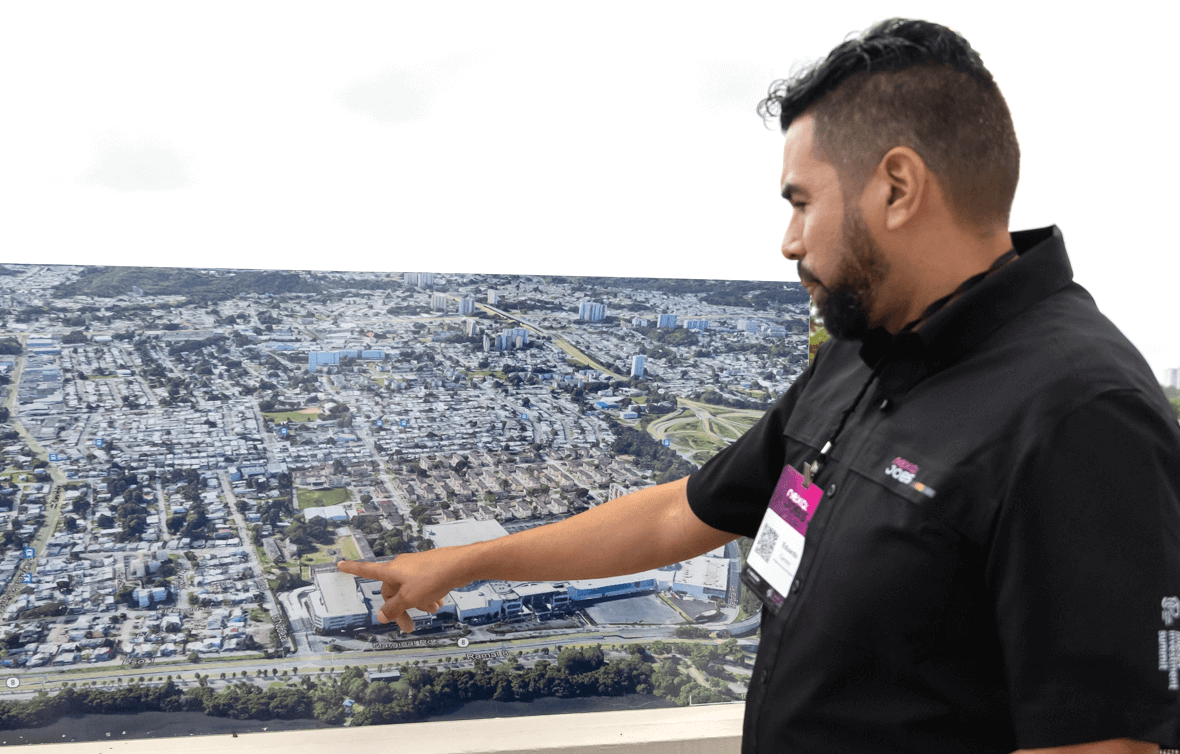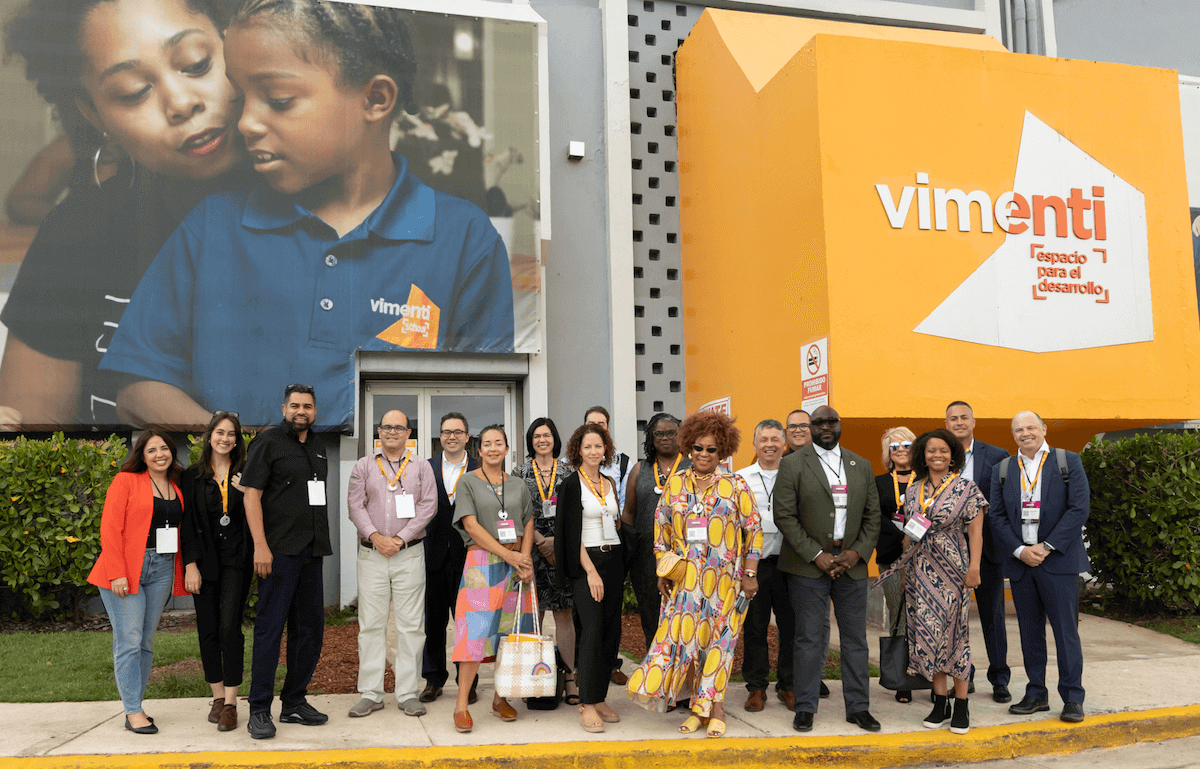The use of smart sensors and artificial intelligence in infrastructure, industry and homes could cut carbon emissions by 12 gigatons by 2030 by enabling more efficient allocation of energy, water and other raw materials. By 2050, digitally intelligent autonomous vehicles are projected to cut fuel consumption from cars by nearly half. The market for wearable health devices, already $13 billion, is projected to grow to $34 billion by 2020. Now scale that to 2030.
A new report from the 2030Vision project forecasts the market opportunities for tech solutions to the Global Goals. The report provides a useful look at how technology might affect different sectors. For example, tech for tracking food products through the supply chain — such as sensors and blockchain — will “allow food to be produced based on demand and allocated where needed, as well as guaranteeing sustainable ingredients sourcing” as demand for food increases with incomes and population growth, the report says. Already IBM, Unilever, Nestlé and Walmart are working together on using blockchain to track food along supply lines.
The spread of digital technologies is opening access to education, energy and finance around the world. Less clear are the possible impacts on food, employment and health. Still, technology is bound to play a large role in achieving the 2030 Goals and an essential one in unlocking the economic activity that would trigger $12 trillion a year in revenue and cost savings and 380 million new jobs by 2030, by one estimate.
“Global goals hotspots” represent a $12 trillion annual opportunity











